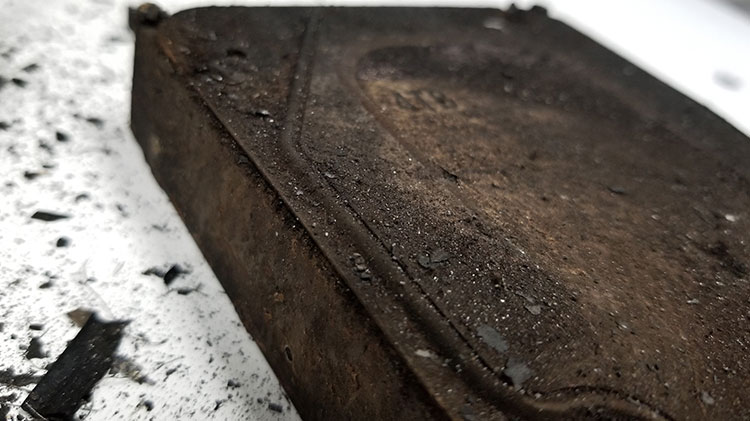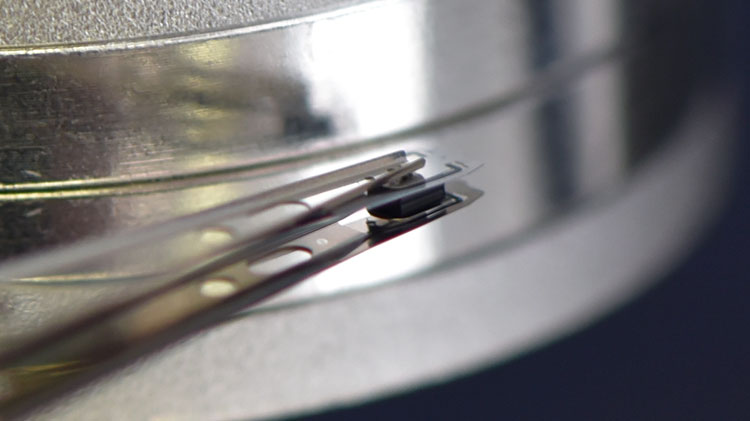
This is a question that has been around as long as data recovery has been. This is the scenario: your hard drive starts to make a clicking sound and the first thing that comes to mind is “Oh, no! This is gonna be an expensive data recovery bill!” It is usually at this moment when you start questioning yourself about the cost and justifying it because of cleanrooms and then you wonder if the data recovery companies that say they have them actually do and then you ponder whether or not a cleanroom is needed.
As it turns out, the answer is multifaceted and ambiguous. That’s because a clicking hard drive doesn’t always mean there is a mechanical failure that requires a cleanroom. You may be surprised to learn that several different failure types do not require a cleanroom at all.
So, when is a cleanroom necessary?
A cleanroom is needed when mechanical failure types require disassembly and repair to the internal components of a hard drive. In other words, when a hard drive has to be opened to expose what’s inside of it.
Let’s look at failure types where 95 percent of the time a cleanroom would be required:
Clicking
As I mentioned above, clicking doesn’t always mean mechanical failure. There are times when a component on the PCB fails and that leads to the heads not being able to translate data from the platter surfaces to the computer. When this happens, a close-up inspection and PCB test of connections and components is required. That can be done without a cleanroom.
Beeping
In 99 percent of cases, beeping means the heads are stuck over the platter surfaces. A cleanroom will be required in this case as the hard drive must be opened to release the head stack assembly.
Fire and Water Damage
This should be self-explanatory. This type of failure 100-percent of the time requires the hard drive to be opened before it is powered up. That is because of potential water contamination or dust and residue build-up from fire and extreme heat.

Grinding, Screeching, and Very Loud Sounds When The Hard Drive Spins Up
This often means the hard drive has suffered a head crash on the platter surfaces which has resulted in severe platter damage. A cleanroom is required 100 percent of the time.
Although I have offered these possible scenarios, it still does not completely answer the question as to whether you really need to have a cleanroom present. The answer is YES, you do. The reason is that even the tiniest dust particle that ends up on a platter surface can cause irreversible platter damage in the form of scratches.
Things get dense
Back in the day, the space between the heads and the platter surfaces was not as close, nowadays with technology advancing so quickly, the spaces are dense. Plus, if older hard drives only contained one or a maximum of two platters inside, there would be additional space, if that makes sense.

With today’s technology, there are drives with eight to ten platters inside. Imagine having to jam all of that into a 3.5-inch hard drive. The space between the heads and platter surfaces is measured in microns, which is extremely tiny. Want to learn more about dust contamination and why hard drives get scratched? Here’s a link to an article that goes into detail on that.
In conclusion, as I mentioned before, when it comes down to mechanically failed hard drives, in most cases, a cleanroom is required. This means that performing a DIY fix is not a good idea at all. Finding a professional can possibly save you the heartbreak of losing your data forever.
